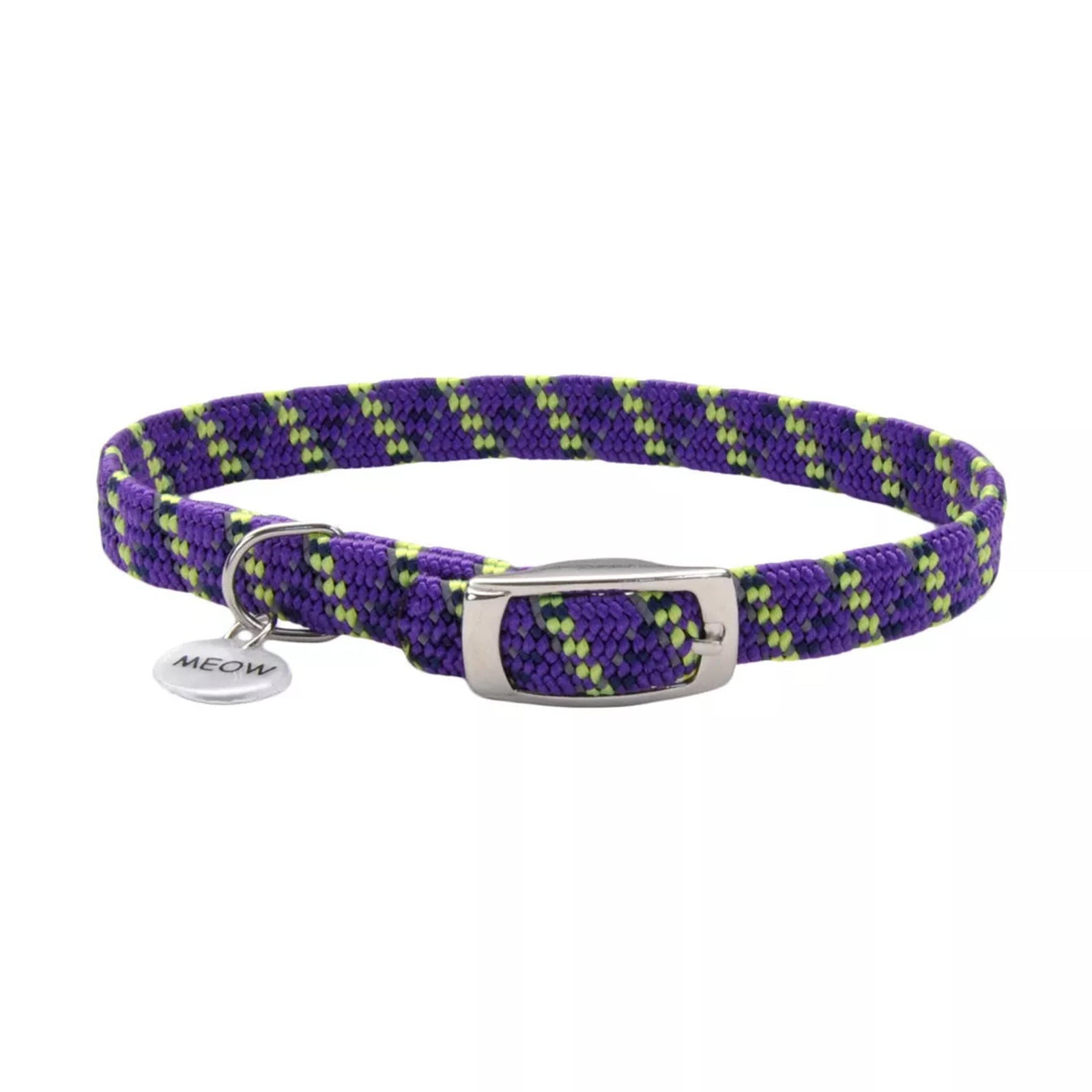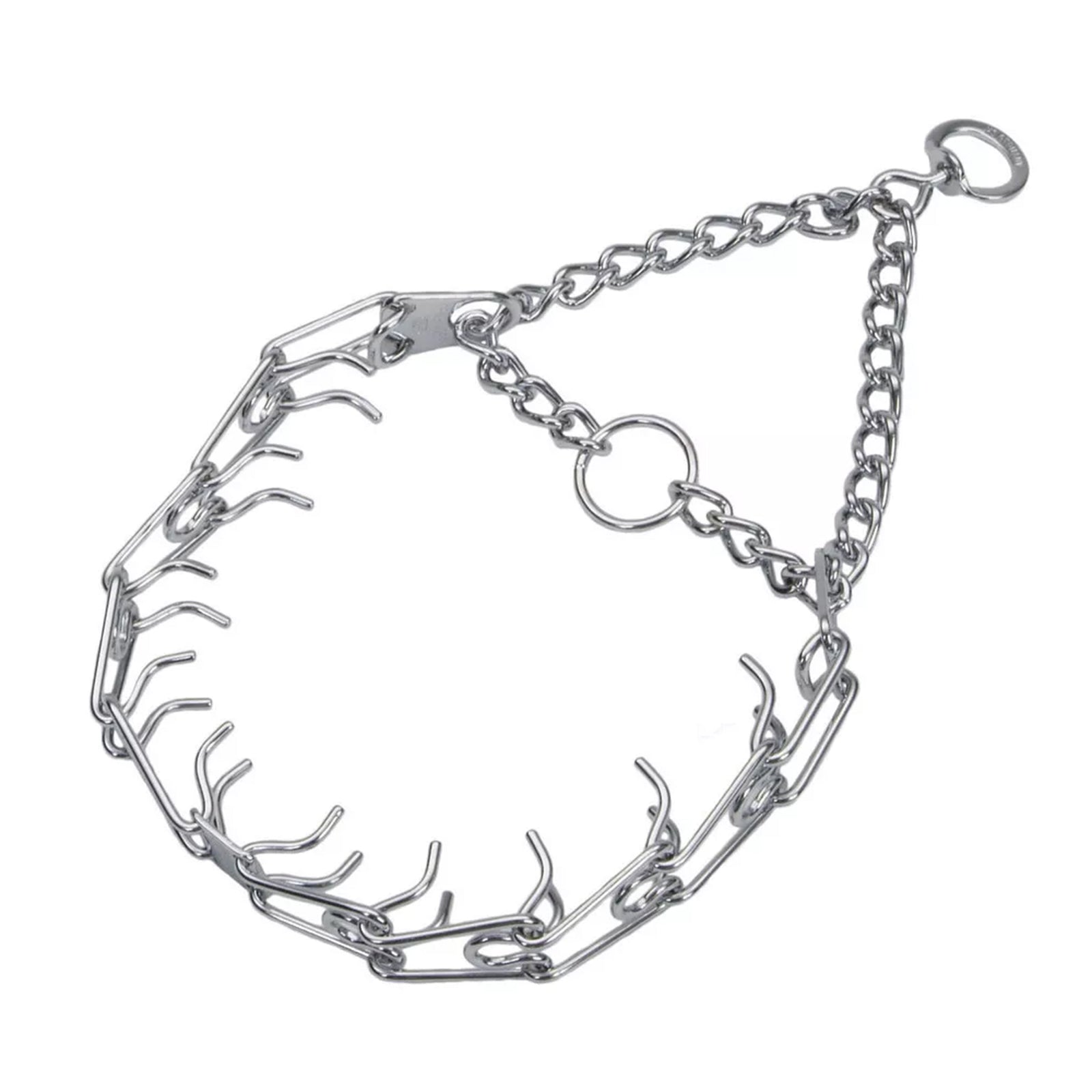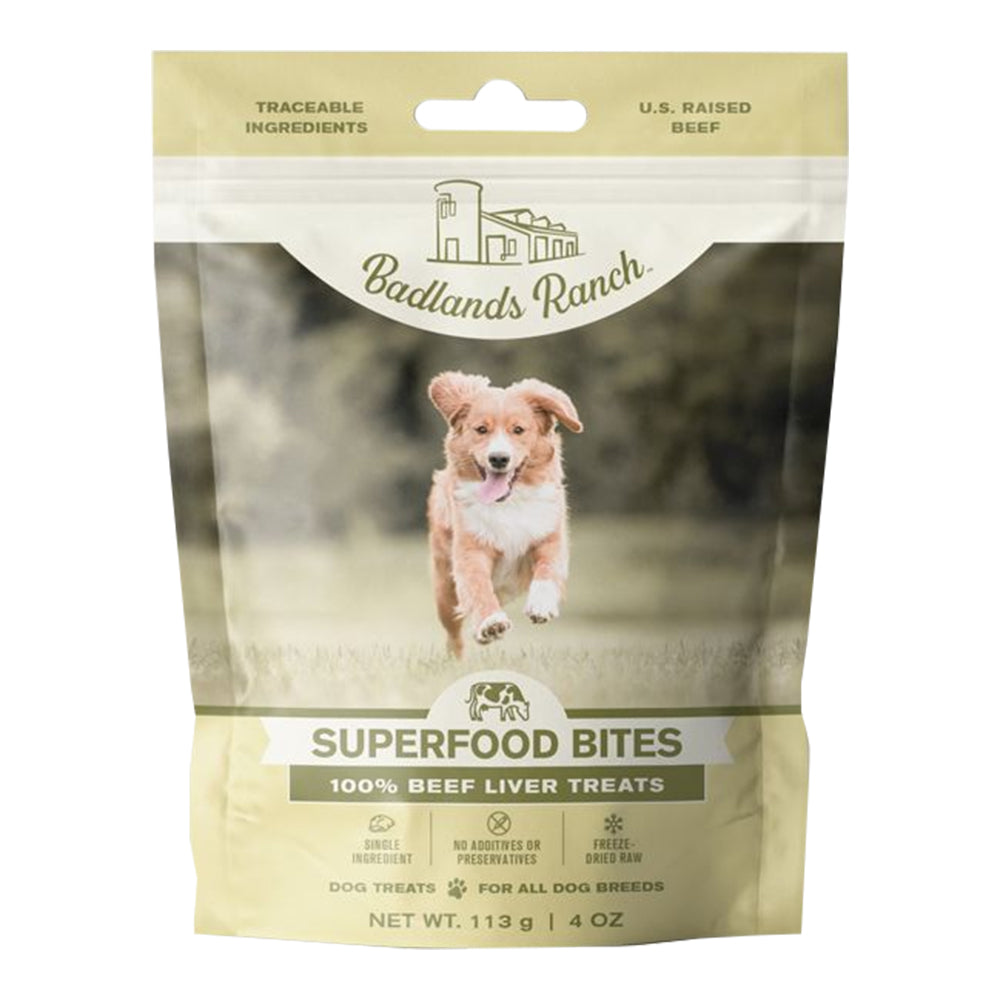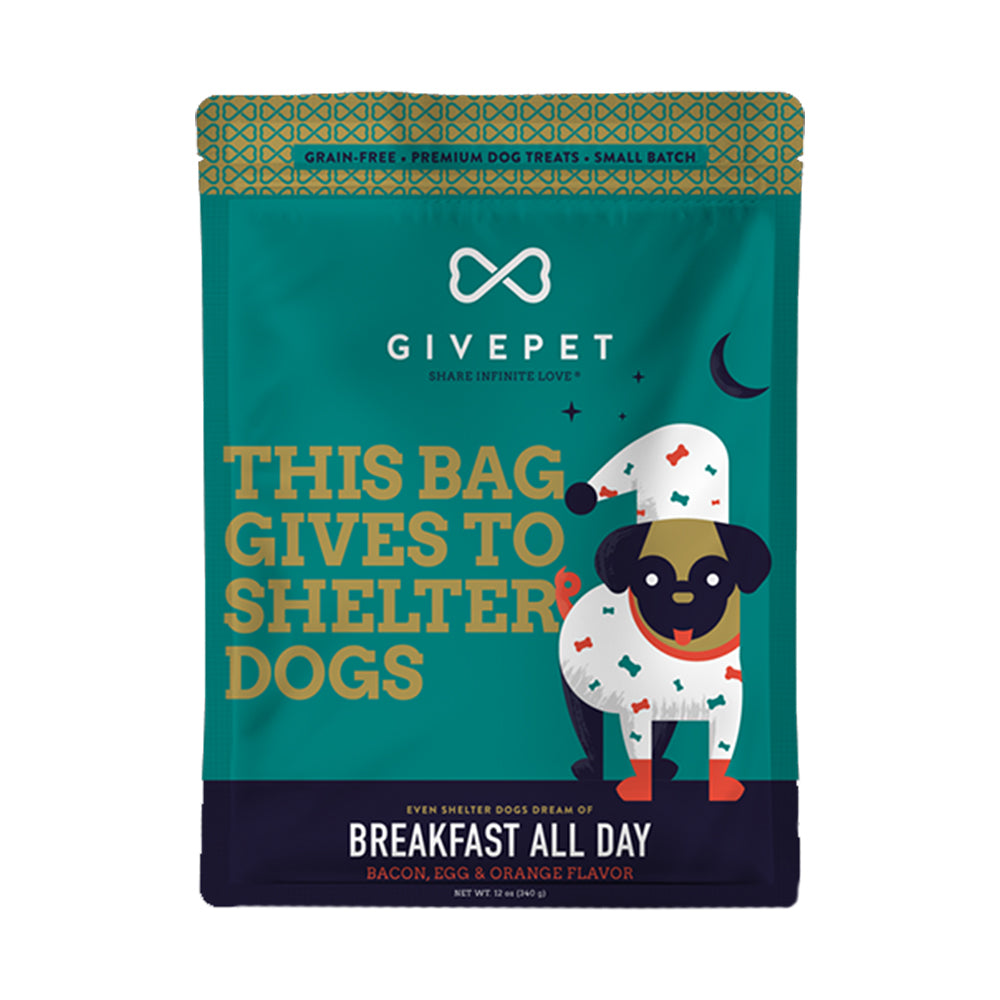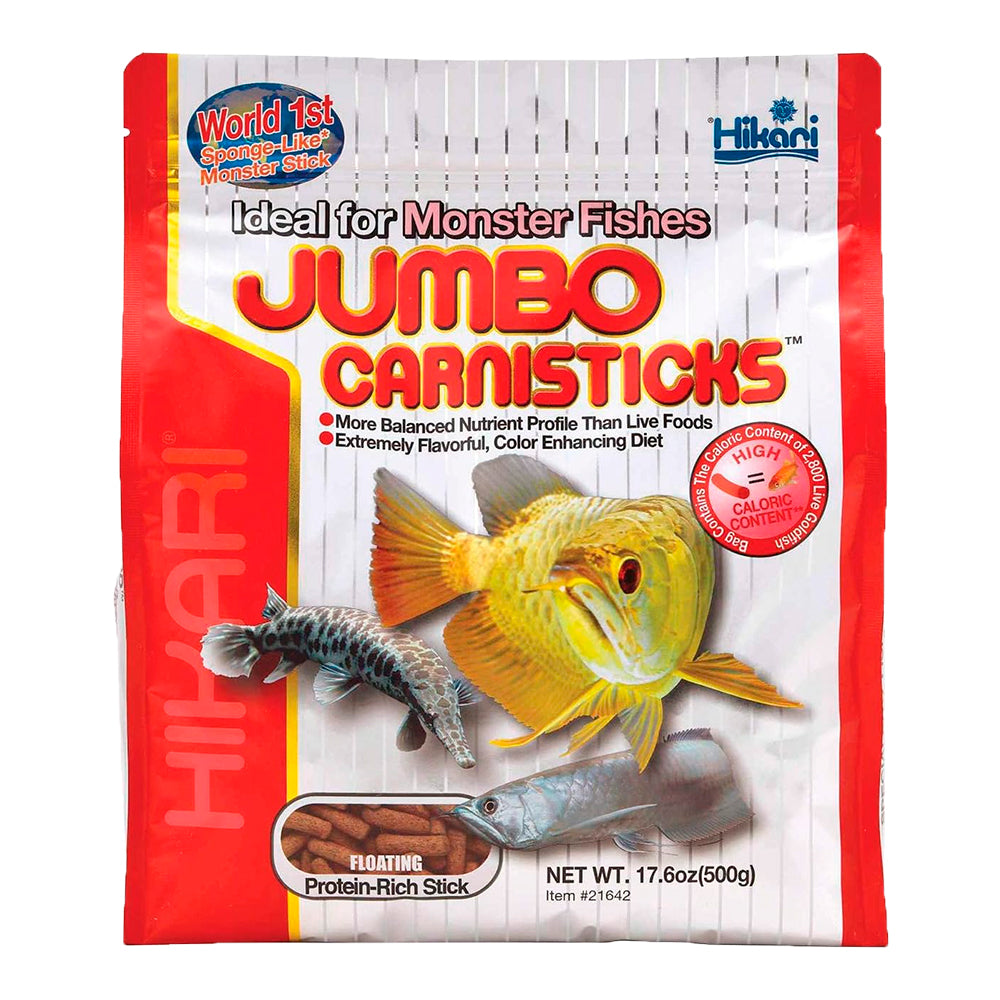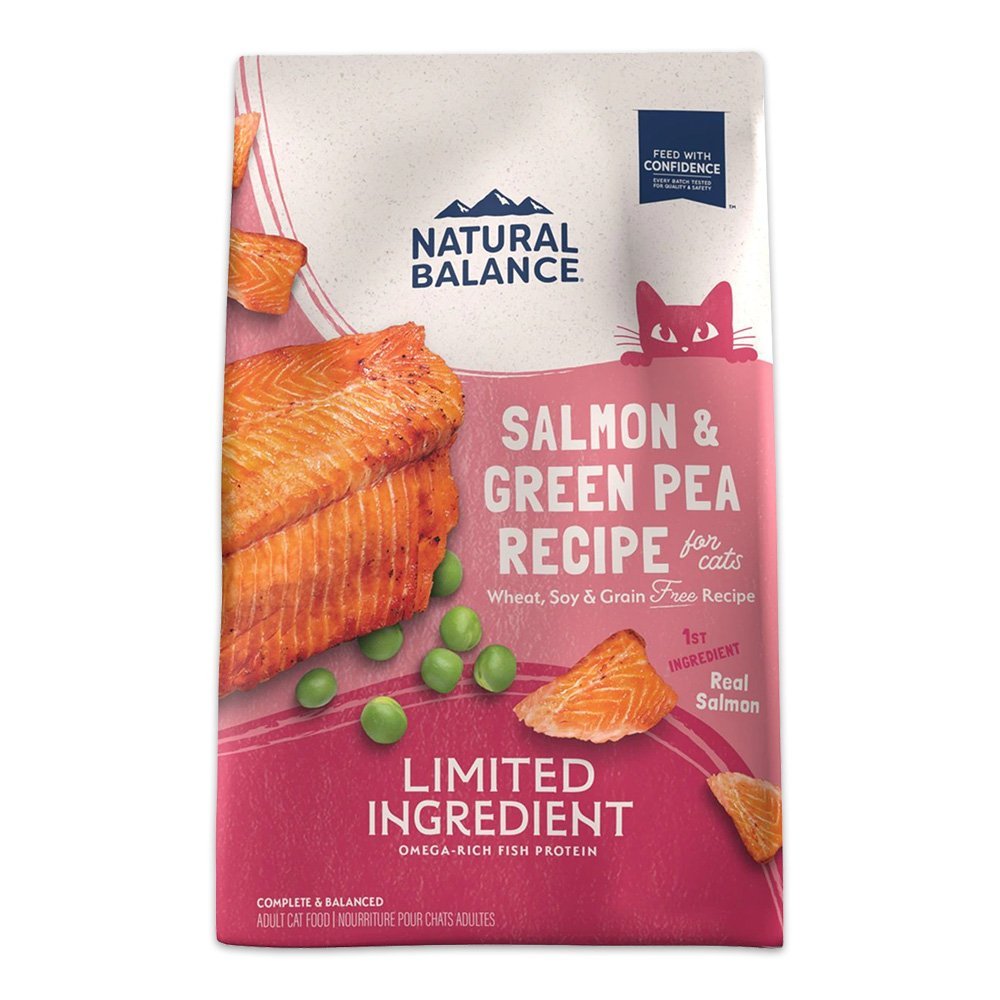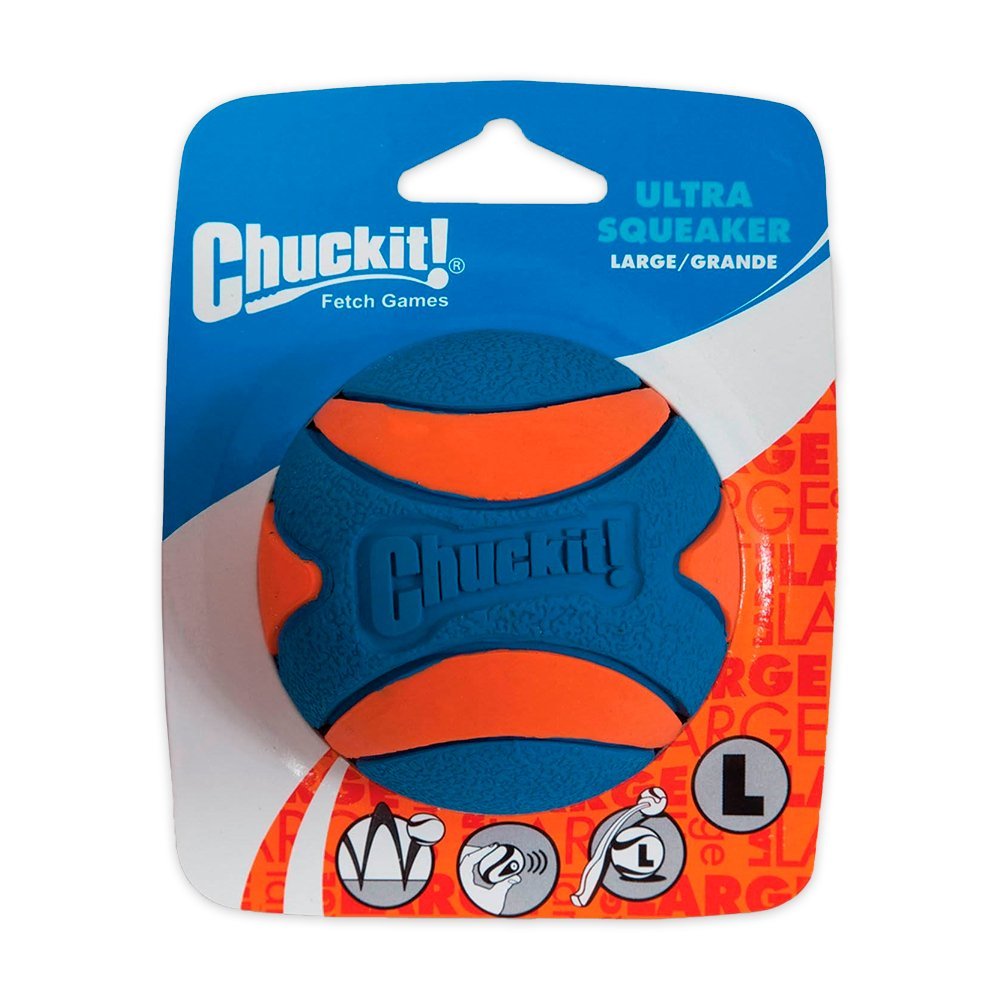Walking your dog should feel like a calming activity, not a wrestling match! But if your pup acts like they’re training for a sled race every time you clip on the leash, it’s time to think. You now need to find the best collars for pulling dogs from the long list of options.
Fun fact: The global dog collar market is leaping. In 2025, it's expected to be worth USD 348.98 million, and by 2035, it could skyrocket to a massive USD 590.48 billion, growing at a steady 5.4% CAGR! Clearly, dog parents everywhere are investing big in tools that make walks more enjoyable.
Read through the blog to discover the different types of dog collars made specifically for strong pullers. Also, this will help you find the one that transforms your daily walks into something you would love to do.
Types of Collars for Dogs That Pull
|
Type of Collar |
Best For |
How It Helps |
|
No-Pull Harnesses |
Everyday walkers |
Distributes pressure across chest, reduces pulling |
|
Martingale Collars |
Slim-necked or escape-artist dogs |
Gently tightens to prevent slipping without choking |
|
Head Collars (Gentle Leaders) |
Strong, headstrong pullers |
Gives head control, redirects focus |
|
Prong Collars (Herm Sprenger Prong Collar) |
Advanced trainers only |
Even pressure around neck to correct pulling |
|
Standard Flat Collars |
Calm walkers or ID tags |
Not ideal for pulling — can strain neck |

Best Collars for Dogs That Pull: Top Picks & Reviews
Ready to shop? Here are some of the best collars for pulling dogs that’ll save your shoulders (and sanity):
1. Starmark Pro-Training Dog Collar
It’s a training collar that’s supposed to be all gentle and fancy, spreading the pressure out evenly so your pup doesn’t feel like they’re in a chokehold. Supposedly, it copies how a mama dog corrects her puppies—nature’s way.

Starmark Pro-Training Dog Collar Black 15-in Small
Best For: Strong pullers and obedience training.
Why Pet Parents Love It: Provides effective control without causing pain or harm.
2. Coastal Round Nylon Training Dog Collar
It’s basically a no-nonsense nylon slip collar—tough enough to handle your dog’s antics. When your pup tugs, it tightens up; when they chill out, it loosens right back. Nothing fancy, just does the job.

Coastal Round Nylon Training Dog Collar Black 3/8 in X 22 in
Best For: Everyday leash training.
Why Pet Parents Love It: Lightweight, affordable, and easy to use best dog leashes.
3. Herm Sprenger Ultra-Plus Dog Prong Training Collar
This one’s a beast: a legit stainless steel prong collar that actually spreads the pressure out so your pup doesn’t get poked in all the wrong places during training.

Herm Sprenger Ultra Plus Dog Prong Training Collar 20-in Neck 3.25-mm Wide
Best For: Large, strong dogs that pull hard.
Why Pet Parents Love It: Humane design offers control without choking or hurting the dog.
4. Herm Sprenger Dog Chain Training Collar – 20" Neck
Old-school metal choke chain—yep, the kind that cinches up fast when you tug at it, then loosens right back. Classic tool for those sharp “hey, pay attention!” moments.

Herm Sprenger Dog Chain Training Collar 20-in Neck, 3.0-mm Wide
Best For: Training medium to large breeds.
Why Pet Parents Love It: Long-lasting, reliable, and trusted by professional trainers.
5. Coastal Styles Adjustable Dog Collar Purple Paws
A flashy collar—yeah, the kind that turns heads at the dog park. It’s got these adorable little paw prints all over it (because, why not?), and you can tweak the size so it actually fits.

Coastal Styles Adjustable Dog Collar Purple Paws 3/4 in X 14-20 in
Best For: Stylish everyday use.
Why Pet Parents Love It: Combines fashion with durability at an affordable price.
6. Herm Sprenger Ultra-Plus Dog Prong Training Collar with Latch
A prong training collar with a quick-release latch, making it faster and safer to put on or remove.

Herm Sprenger Ultra-Plus Dog Prong Training Collar with Latch 14-in Neck 2.25-mm Wide
Best For: Quick on/off during training.
Why Pet Parents Love It: Convenient and secure fit with premium Herm Sprenger quality.
7. Herm Sprenger Ultra-Plus Dog Prong Training Collar with ClicLock
An upgraded prong collar featuring the ClicLock buckle for added strength, security, and easy handling.

Herm Sprenger Ultra-Plus Dog Prong Training Collar with ClicLock 14-in Neck 2.25-mm Wide
Best For: Pet parents who value safety and ease of use.
Why Pet Parents Love It: Prevents accidental unclipping with a reliable locking system.
8. Starmark Add-A-Link Pro-Training Collar Extension for Dogs
Extra links that expand Starmark Pro-Training Collars, allowing for a custom fit as your dog grows.

Starmark Add-A-Link Pro-Training Collar Extension for Dogs Black Large 3 Count
Best For: Adjusting fit for growing or thick-necked dogs.
Why Pet Parents Love It: Extends collar lifespan without needing to buy a new one.
9. Coastal Titan Vinyl Comfort Tips for Prong Training Dog Collar
These little soft vinyl caps slip right over the prongs—so you’re not stabbing your dog’s neck, basically. Way less jabby, way more comfy.

Coastal Titan Vinyl Comfort Tips for Prong Training Dog Collar Fine Black 2 mm 20 Count
Best For: Minimizing discomfort during prong collar training.
Why Pet Parents Love It: Adds an extra layer of gentleness and safety.
10. Coastal Adjustable Nylon Dog Collar with Titan Metal Buckle
Overview: A rugged everyday nylon collar reinforced with a Titan metal buckle for strength and durability.

Coastal Adjustable Nylon Dog Collar with Titan Metal Buckle Red 1 in X 14-20 in
Best For: Active dogs that need a strong daily collar.
Why Pet Parents Love It: Combines lightweight comfort with heavy-duty hardware.
11. Coastal Circle T Oak Tanned Leather Round Dog Collar
A handcrafted leather collar with a rounded design that prevents hair breakage and tangling.

Coastal Circle T Oak Tanned Leather Round Dog Collar Tan 3/8 in X 12 in
Best For: Long-haired breeds and everyday elegance.
Why Pet Parents Love It: Stylish, durable, and gentle on fur.
12. Sentry Calming Collar for Dogs
A pheromone-infused collar designed to naturally calm dogs by mimicking the scent of mother dogs.

Sentry Calming Collar for Dogs Up To 23-in Neck 3 Count
Best For: Reducing anxiety, stress, and nervous behaviors.
Why Pet Parents Love It: Effective, drug-free calming support for everyday use.
13. Herm Sprenger Extra Links for Dog Prong Collar
Stainless steel links, so you can actually tweak your Herm Sprenger prong collar to fit your dog just right. No more awkward sizing or weird gaps.

Herm Sprenger Extra Links for Dog Prong Collar 3.0-mm
Best For: Adjusting collar size as dogs grow or gain weight.
Why Pet Parents Love It: Affordable way to keep collars fitting perfectly.
14. Coastal EZ Change Dog ID Clip with Silencer
A quick-attach clip that lets you swap ID tags easily while keeping them silent with a silencer.

Coastal EZ Change Dog ID Clip with Silencer
Best For: Dog parents who frequently change collars or harnesses.
Why Pet Parents Love It: Best Dog Harness, Convenient, noise-free, and secure for ID tags.
15. Herm Sprenger Ultra-Plus Dog Prong Training Collar – 22" Neck, 3.8 mm Wide
This thing’s basically the Hulk of prong collars. Seriously, if your dog could tow a small car, this is what you want. Perfect for those lumbering beasts who think “walk” means “drag the human.”

Herm Sprenger Ultra Plus Dog Prong Training Collar 22-in Neck 3.8-mm Wide
Best For: Giant dogs requiring maximum control.
Why Pet Parents Love It: Strong, durable, and provides firm but humane correction.
Let’s break down different types of dog collars one by one:
A. No-Pull Harnesses
They clip in the front, so when your dog pulls, they gently get steered back toward you — no choking, no drama.
B. Martingale Collars
Popular among Greyhound owners (and other skinny-necked breeds). A Martingale offers a little tightening action when needed, but it’s far gentler than a choke chain.
C. Head Collars (Gentle Leaders)
These smart tools fit gently around your dog’s nose and neck. When they pull, their head turns, and then their whole body. Great for powerful pullers, but needs an introduction in a slow way!
D. Prong Collars (For Experienced Trainers Only)
Yes, Herm Sprenger prong collars look intense — but when used correctly, they’re not cruel. They apply some amount of pressure around the neck that is considerably safe, most likely like the natural corrections a mother dog gives.
Important: Always get professional guidance if you’re going this route!
E. Standard Flat Collars
Good for holding ID tags. Bad for teaching dogs not to pull.
If your pup drags you like a sled, a flat collar can put a lot of strain on their throat — and isn’t going to fix the behavior.
How to Make Your Dog Learn to Stop Pulling on the Leash
Even with the best collars for pulling dogs, a little training magic is still needed!
Here’s a quick and simple strategy:
-
Start in a Low-Distraction Zone: Your backyard or a calm street is something you should always go for.
-
Use Positive Reinforcement: Whenever your dog follows whatever you say, surprise them with a snack! (Chicken bits = secret weapon.)
-
Be a Tree: If they pull, you STOP. No tugging, no yelling. Just stand still until they return.
-
Use Direction Changes: Randomly turn and walk the other way. It keeps your dog focused on you instead of any kind of obstruction.
-
Short, Fun Sessions: Training should be quick and happy! Five minutes a few times a day beats one long, frustrating session.
- Pro Tip: If things aren't clicking, a few sessions with a professional trainer can make a huge difference.
Conclusion & Final Recommendations
Every dog is different, and finding the best collars for pulling dogs is about matching your dog’s personality, strength, and your goals.
-
Top Pick for Most Dogs:
Starmark Pro-Training Dog Collar -
Top Pick for Strong Pullers:
Herm Sprenger Ultra-Plus Dog Prong Training Collar
Remember, the tool helps, but training transforms. With patience, consistency, and an amazing collar, your dream dog walks are just around the corner.





